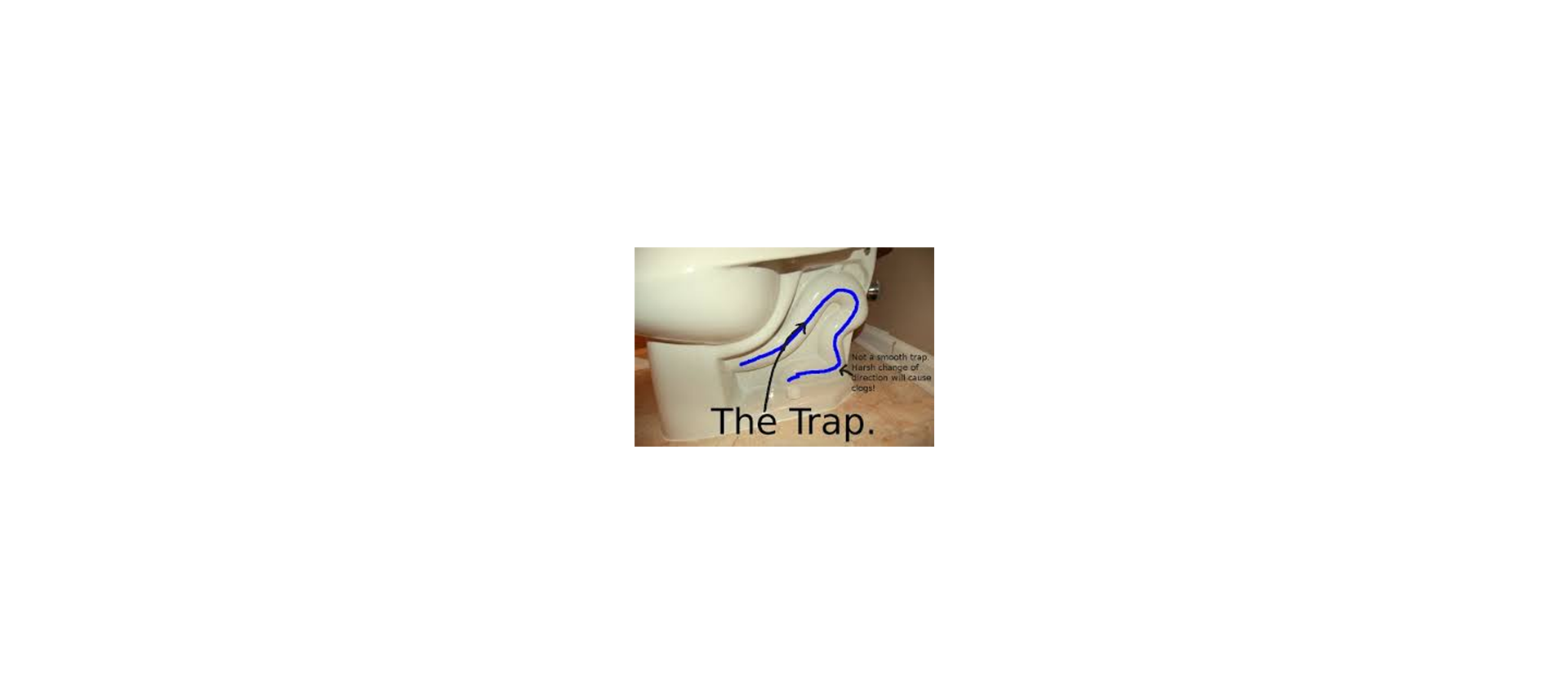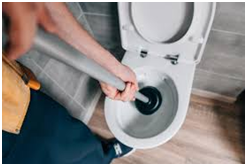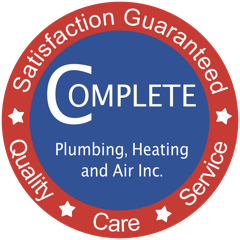Toilet stoppages can be a major problem. The first thing we must determine is whether the problem is exclusive with the toilet or the main sewer line. In order to determine where the problem is occurring, we must first perform a couple of tests. First if the toilet bowl water level is higher than normal see if water is coming up in a shower or bathtub if so run water into the lavatory sink, if the water rises in the shower, bathtub or toilet gurgles the stoppage is most likely in the main sewer drain. If that is the case, then open the front yard main sewer line clean out and see if water is standing in the pipe. If water is standing in the main sewer drain clean out you will need to have the drain cleaned with a large sewer drain cleaning machine.
If running water in other fixtures does not affect the toilet, then more than likely the stoppage is in the toilet trap which you can clear sometimes with an toilet auger or plunger (Force Cup).

For most homeowners the expense and infrequent use of a closet auger is too costly. It is normally better to attempt to clear with a plunger or call out Complete Plumbing to clear.
A force cup or commonly referred to as a plunger is not always used correctly. Most people think that the pushing action is what clears the drain but in fact it is the suction and movement of water back and forth that loosens and then clears the obstruction.


Water conservation is very important especially in Southern California. As of July 2018 California Plumbing Code mandates that all toilets installed must have a 1.28 gallon per flush or less. Just to put that in perspective most old toilets used a whopping 5 gallons per flush and were considered low consumption using 3 gallons per flush. While this is great for water conservation, it is not so great for plumbing sewer systems.
THE PROBLEM WITH LOW FLUSH TOILETS
Engineers who design toilets are looking to make sure that the toilet is capable of removing as much debris from the bowl as possible on a single flush while only using the mandated amount of water. The challenge becomes moving the debris from the homeowner’s sewer line to the much larger city main sewer line once it has left the toilet bowl.
When you flush the toilet it is designed to remove the debris from the bowl so you don’t see it anymore. The problem is the low amount of water dissipates leaving the debris somewhere in the sewer line to accumulate and eventually clog the main sewer line. Engineers are counting on the running of additional water from other fixtures to continue moving the debris further down the line and eventually into the city sewer system. Sometimes this distance can be 50’ or more.

Tips on preventing toilet stoppages:
- Keep the flush rim and syphon jet holes clean. You can do this by using a coat hanger and gently reaming out the lime and calcium build up inside the holes.
- Do not use cleaning tablets that drop inside the toilet tank. These have been known to break up and clog toilets.
- Replace any leaking or damaged parts as soon as possible.
- Make sure the water level inside the tank is at proper height.
Call Complete Plumbing and ask about our whole house plumbing evaluation!
